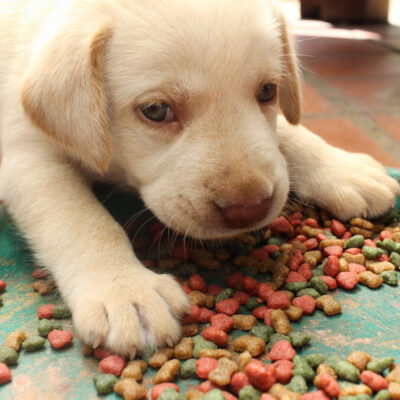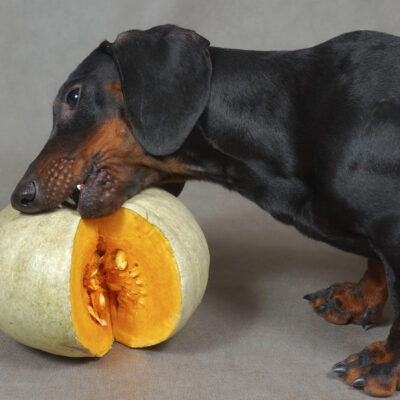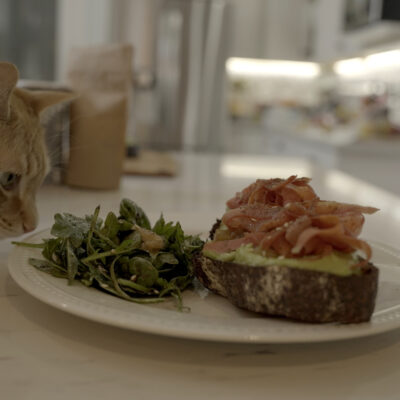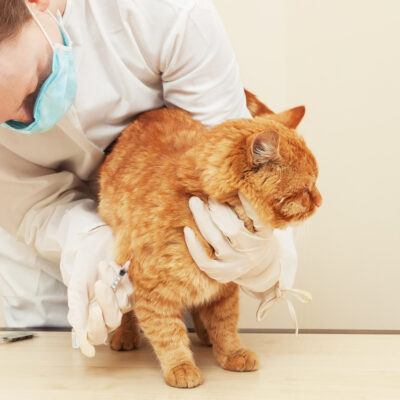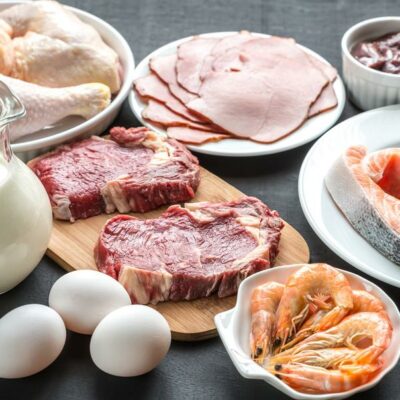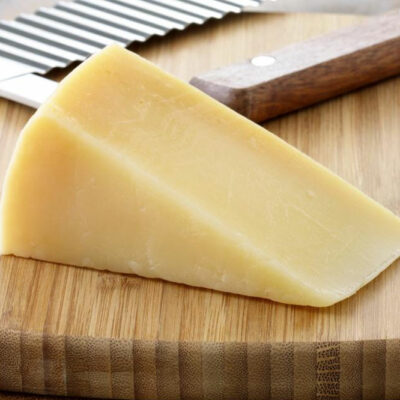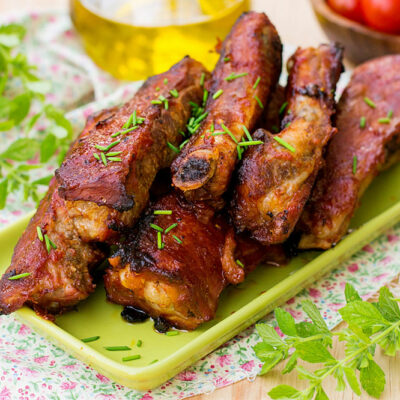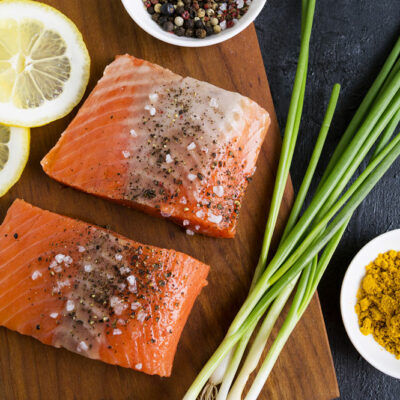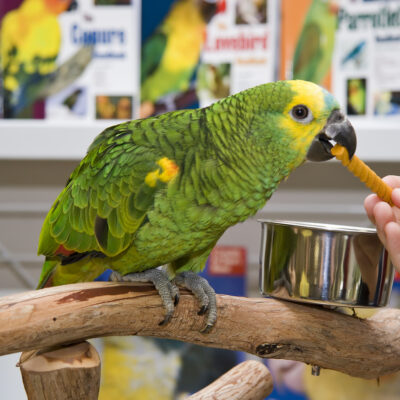
Pets
The Symptoms of Food Allergies in Pet Birds
Birds are the fourth most-preferred house pets in the country. Since many people are allergic to cats and dogs, they cannot have them as pets and opt for birds instead. Birds do not require a lot of space and are easier to maintain, care for, and clean after. Also, you wouldn’t need to make that many visits to the pet store. Cockatiel, Budgerigar, finches, and parrots are some of the birds that thrive in homes. Among these, Eclectus parrots are more popular for their colors and ability to talk. They are loveable, ideal companions and mood changers, making you smile when you need it most. However, food allergies are one of the common conditions that can affect them. The symptoms of food allergies in parrots: The symptoms of food allergies in parrots can develop in perfectly healthy birds. Most birds flex their body. However, frequent and periodic flexing all through the day is one of the symptoms of food allergy. The parrot will seem irritable and uneasy. Itching and scratching are other symptoms of food allergies. In case of severe allergies, the birds will scratch non-stop, disrupting their resting and sleeping patterns. If you see them flicking their wings even when they are resting or sleeping, it is an indication that they do have allergies.
Read More 
